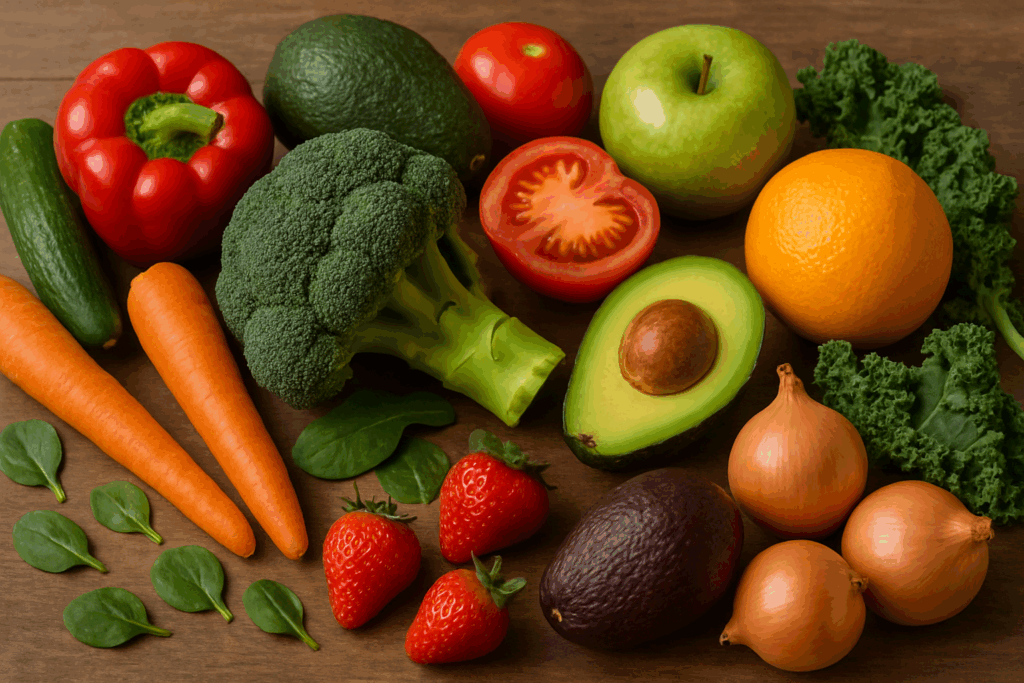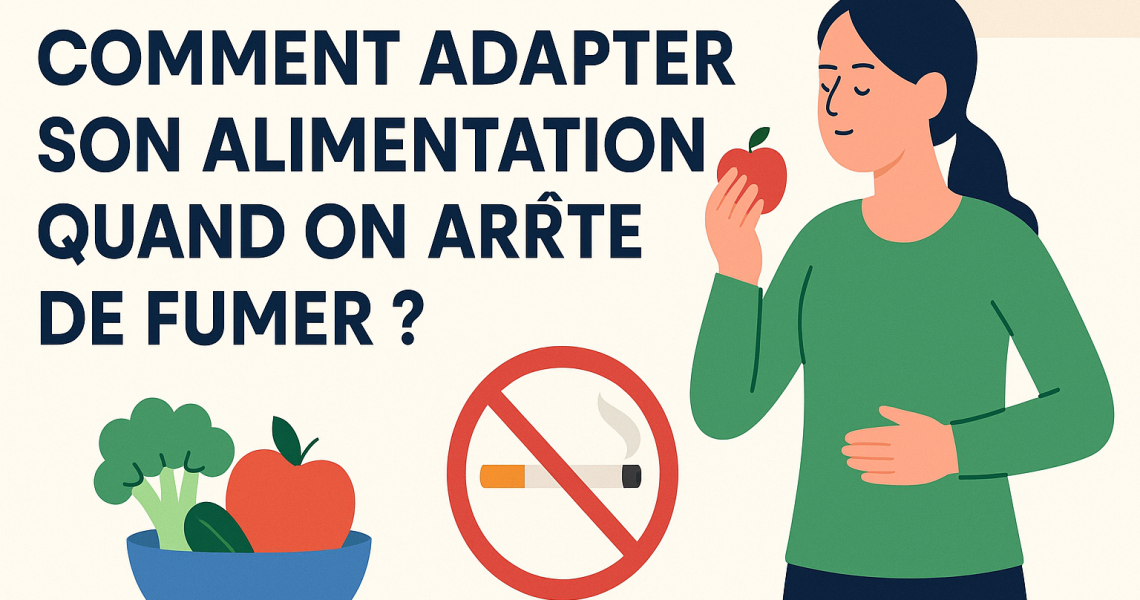Quitting smoking is an essential step in regaining control of your life, your health and your body. But it is often accompanied by physical and dietary symptoms that can disrupt daily life. Among the most dreaded: weight gain, compulsive cravings, digestive problems, or the irrepressible need to snack after every meal.
So how do you eat a balanced diet during this phase of smoking cessation? What foodsshould you eat tocalm cigarette cravings, without compensating with fatty or sweet products? Here’s all the dietary advice you need, validated by experts in preventive health care, to successfully quit smoking without ruining your efforts.
Understanding the effects of weaning on diet
Smoking cessation is accompanied by significant physical changes. The nicotine in cigarettes has long acted as an appetite suppressant and metabolic stimulant. Once stopped, the body slows its caloric expenditure slightly, which can lead to weight gain if you don’t quickly readjust your diet.
What’s more, many smokers associate the act of smoking with very specific moments: after coffee, in times of stress, while walking, or after meals. These habits become automatic. When we stop, the brain tries to replace them, often by eating comfort foods.
Focus on the right foods to quell cravings
The key to successful weaning is to anticipate cravings and offer a healthy alternative. Here are a few food products that can help:

1. Fibre-rich fruit and vegetables
They provide a lasting feeling of satiety, regulate digestion and provide essential dietary fiber. Including raw or cooked vegetables in every meal, and eating two to three fruits a day, is a reflex to adopt from the start of weaning.
2. Lean proteins to stabilize appetite
Proteins (white meat, eggs, fish, legumes) are satiating and help prevent weight gain. They also help preserve muscle mass if you are physically active.
3. Water: the secret weapon against envy
Drinking plenty ofwater (1.5 to 2 L a day) is crucial. It helps eliminate nicotine, alleviates side effects such as headaches, and gives a filling sensation that calms cravings.`
4. Limit coffee and alcohol
Some smokers unconsciously associate cigarettes with coffee. If this is your case, reduce your coffee intake or replace it with herbal teas, especially in times of stress.Alcohol increases the risk of relapse.
Adapt your eating habits
Here’s how to organize your days to reduce the effects of withdrawal:
- Eat at regular times to avoid cravings.
- Split your meals if necessary (healthy snacks between meals).
- Always have healthy food on hand: unsalted dried fruit, carrot sticks, plain yoghurt.
- Avoid strict diets for the first few weeks: the body needs time to stabilize.
- If necessary, a tobacco-info service or a nutrition appointment can provide you with tailor-made help.
The key role of sport and physical activity
In addition to a healthy diet,physical activity is a powerful ally. It helps manage stress, improves mood, burns calories and, above all, reduces withdrawal symptoms such as irritability and fatigue. No need to become a marathon runner: 30 minutes of brisk walking or swimming, 3 times a week, is enough.
Anti-smoking laser: an aid to stabilizing your diet
If withdrawal symptoms are too intense (mood disorders, cigarette cravings, compulsive eating), anti-smoking laser treatment can make quitting considerably easier. This gentle, drug-free method acts directly on reflex points in the ear to calm cravings, regulate appetite and soothe the body. At MyLaserTabac, our centers offer this effective, natural service to help smokers take the plunge with complete peace of mind.
⚠️ Beware of the pitfalls of weaning
Many smokers try to compensate by turning to electronic cigarettethinking they can avoid the effects of tobacco. But this consumption remains a dependency and maintains the gestures, which slows down dietary adaptation. Likewise, sweet substitutes, ultra-processed snacks and crash diets all present health risks.
Practical tips for eating well after quitting smoking
✔️ Shop on a full stomach to avoid impulse buying.
✔️ Avoid ready-made meals that are too fatty and salty.
✔️ Prepare menus in advance and cook at home.
✔️ Choose high-fiber, low-sugar products.
✔️ Keep in mind that your body is going through a repair phase. Offer it the right foods.
When to consult?
If, despite your best efforts, you are still experiencing effects that are difficult to manage, make an appointment with a tobaccologist, nutritionist or laser anti-tobacco professional. Personalized follow-up is often the key to success.
In a nutshell
Quitting smoking is not an end, it’s a new beginning. Eating well during withdrawal has nothing to do with a strict diet, but with the desire to take care of your health. Thanks to a balanced diet, adapted physical activity and innovative tools such as the anti-smoking laserevery smoker can successfully say goodbye to cigarettes, without sacrificing their well-being.
👉 Click here to book an appointment at one of our anti-smoking laser centers.
